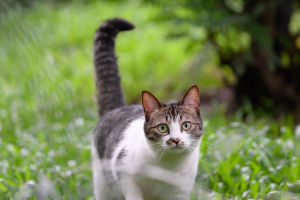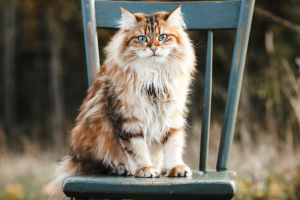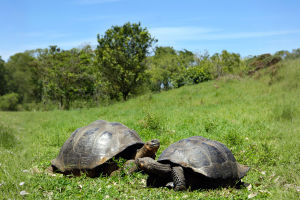Have you ever watched your cat suddenly spring into action, chasing a toy or pouncing on a shadow? This behavior taps into a deep-rooted hunting instinct that cats have inherited from their wild ancestors.
Today, we'll explore how cats express their natural predatory drive, whether through play inside the home or outdoor adventures, and how we as caretakers can support and enrich this important part of their lives.
The Origins of the Hunting Instinct
Cats evolved as solitary hunters, relying on stealth, patience, and precision to catch prey. Even though most domestic cats don't need to hunt for food, this instinct remains strong. Hunting is not just about eating; it's a complex behavior involving stalking, pouncing, and capturing, which provides mental stimulation and physical exercise essential for a cat's well-being.
Research shows that cats spend several hours a day engaged in hunting-related behaviors, whether it's stalking a toy or exploring their environment. This instinct is independent of hunger and persists even in well-fed cats, highlighting its importance beyond mere survival.
How Play Mimics Hunting
Play is a vital outlet for cats to express their hunting skills safely indoors. Toys that move unpredictably, like feather wands or laser pointers, simulate prey and trigger a cat's chase and pounce reflexes. Through play, cats practice coordination, sharpen reflexes, and satisfy their natural urges.
We can encourage healthy play by providing a variety of toys and interactive sessions. Regular playtime not only keeps cats physically fit but also reduces stress and prevents behavioral problems caused by boredom or frustration.
Outdoor Exploration and Hunting
For cats with outdoor access, hunting can take on a more natural form. Exploring gardens or yards allows cats to engage their senses fully—tracking scents, stalking insects, or even catching small animals. This enriches their lives and satisfies their predatory needs.
However, outdoor hunting raises concerns about wildlife impact and safety. We can manage this by supervising outdoor time, using enclosed "catios," or providing enrichment indoors that mimics outdoor hunting challenges.
Balancing Hunting Instincts with Responsible Care
Understanding that hunting is a core part of a cat's nature helps us provide environments that respect this instinct. Preventing hunting altogether can lead to frustration, so offering outlets through play and exploration is key.
At the same time, we must balance this with protecting local wildlife and ensuring our cats stay safe. Using toys, puzzle feeders, and safe outdoor enclosures helps meet cats' needs without harm.
Let's Share Our Cat Hunting Stories
How does your cat express its hunting instincts? Do they have favorite toys or outdoor adventures? Sharing our experiences helps us learn creative ways to enrich our cats' lives and deepen our bond.
Together, we celebrate the fascinating hunting nature of cats—a blend of wild heritage and domestic life that makes them such captivating companions. Thanks for joining us in exploring this essential part of our cats' world!


